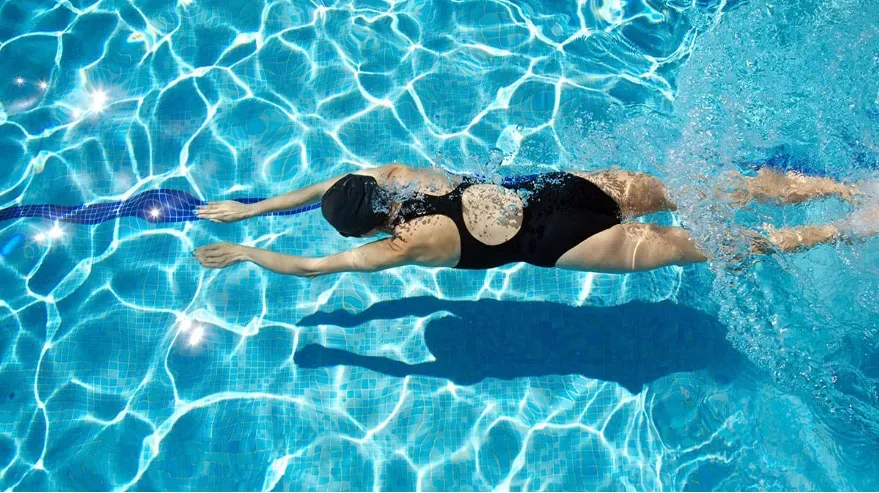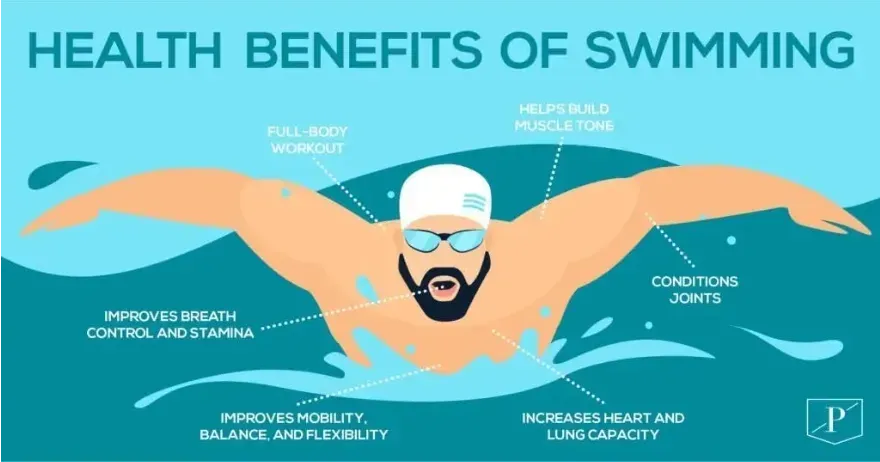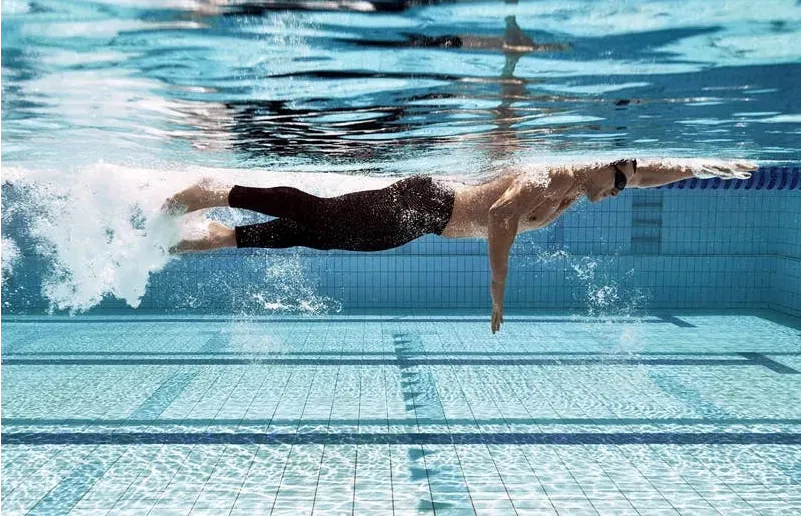Dive into Fitness: How Swimming Shapes Your Health & Wellbeing
Introduction to Swimming as a Fitness Strategy
Swimming is often hailed as the quintessential workout, a symphony of physical exertion that engages every muscle in the body, catering to both the needs of the seasoned athlete and the fitness novice. It's a graceful, yet powerful form of exercise that is lauded for its myriad health benefits and its ability to adapt to one's personal fitness journey. Historically, humans have been swimming for millennia, both for survival and recreation, but it's the strategic implementation of swimming for physical fitness that we will dive into.
Why Choose Swimming?
Swimming stands out in the fitness landscape for several compelling reasons. It offers a low-impact workout that significantly reduces stress on the joints, making it an inclusive option for individuals of all ages and health backgrounds. Whether one is navigating the joys of youth, the demands of middle age, or the considerations of later years, swimming is both gentle and accommodating. Furthermore, as a full-body workout that promotes cardiovascular fitness and muscle endurance, it's an invigorating way to invigorate your day.
The Science of Swimming and Physical Health
The science behind swimming as a contributor to physical health is both profound and persuasive. When submerged, the body's natural buoyancy reduces the gravitational pull, allowing for a range of motion that other exercises may limit. This is particularly beneficial for pregnant individuals or those with disabilities. Moreover, the rhythmic nature of swimming strokes promotes lung capacity and respiratory system efficiency, an undeniable boon for anyone looking to enhance their aerobic capabilities.
Key Health Benefits of Swimming
Cardiovascular Health Improvements
Regular immersion in aquatic exercise has been correlated with improved heart health and a reduction in the risk of chronic illnesses. This is not merely an assertion but a conclusion drawn from numerous studies that spotlight swimming's potential to fine-tune the cardiovascular system. Indeed, regular swimmers often exhibit a heart that beats not just with strength but with rhythm and resilience, echoing the steady strokes they take in the water.
Muscle Strength and Flexibility
Each stroke in the water is a resistance exercise, a push against the natural tension provided by the aquatic environment. This resistance is key to building strength in all muscle groups while simultaneously enhancing flexibility. The dynamic movements required to propel oneself through water encourage muscles to stretch and strengthen, often leading to improvements in posture and mobility.
Weight Management and Metabolism
The calorie burn that comes from a solid swimming session can contribute greatly to weight management and metabolic health. Depending on the intensity and duration, swimming can be an efficient way to maintain or achieve a healthier body composition. It's an inviting form of exercise that allows for gradual progress, encouraging a sustainable approach to weight control.
Practical Swimming Techniques for Maximum Fitness
Swimming Strokes and Their Fitness Benefits
Understanding the different swimming strokes is vital for maximizing the fitness benefits of your time in the pool. Each stroke—from the freestyle to the butterfly—targets different muscle groups, and varying your strokes can lead to a more balanced workout. Beginners may favor the breaststroke for its simplicity, while the backstroke is excellent for improving posture and strengthening the back.
Workout Routines for Different Skill Levels
Constructing a swimming regimen requires a consideration of skill level and fitness objectives. For novices, a focus on mastering stroke technique and building endurance is key, while more advanced swimmers might incorporate interval training or distance swims. Structuring workouts to include a warm-up, a main set of varying strokes and intensities, and a cool-down can promote greater physical gains and prevent burnout.
Incorporating Swimming into Your Fitness Regimen
Setting Realistic Goals
When embarking on a swimming routine, clear and achievable goals are the buoys that will keep you afloat. These objectives can range from improving lap times to increasing session lengths, but they should always be within reach. Remember, progress in the pool is not a sprint; it's more akin to a steady, paced swim across a tranquil lake.
Monitoring Progress and Adjusting Workouts
Keeping track of your swimming progress is a catalyst for motivation and improvement. Note your stamina, speed, and how your body feels after each session. As you chart your advancements, adjust your workouts accordingly. Perhaps your endurance has improved, allowing you to swim longer distances, or maybe your technique has sharpened, calling for more challenging strokes or faster intervals.
Overcoming Common Challenges in Swimming for Fitness
Addressing Common Physical Challenges
While swimming is kind to the body, physical challenges can arise. Tightness in the shoulders or cramping in the legs can occur, often due to poor form or overexertion. Address these issues head-on by refining your technique and ensuring adequate rest and recovery. Remember, the water is your ally, and with a bit of perseverance, these hurdles can be conquered.
Mental Strategies for Long-Term Commitment
The mental fortitude required to stick with a swimming program should not be underestimated. Setting small, incremental objectives, celebrating personal victories, and varying your routine can keep the mind engaged and committed. Consistency is key, and maintaining a positive outlook will buoy you through the highs and the inevitable lows.
Advanced Tips and Tricks
Equipment and Gear for Enhanced Swimming Experience
Investing in the right equipment can transform your swimming experience. From goggles that offer clarity under the water to a well-fitting swimsuit that reduces drag, the right gear can enhance your comfort and performance. Consider, too, the use of training aids like kickboards or fins to focus on specific areas or add variety to your workouts.
Hydration and Nutrition for Swimmers
Just because you're surrounded by water doesn't mean you can forgo hydration. Drinking plenty of fluids before, during, and after your swims is crucial, as is fueling your body with the right nutrients to sustain energy levels and facilitate recovery. Carbohydrates for energy and protein for muscle repair should be cornerstones of a swimmer's diet.
Conclusion
Recap of Swimming Benefits
To circle back, swimming stands as a pinnacle of physical exercise, delivering a multitude of health benefits. It's a low-impact, full-body workout that strengthens the heart, tones muscles, and aids in weight management. Its therapeutic nature also offers mental health benefits, contributing to a sense of well-being and improved sleep quality.
Encouragement to Take the Plunge
With the many advantages swimming offers for physical and mental health, there's every reason to don your swim cap and take the plunge. Remember that each stroke brings you closer to a healthier, more vibrant self. So, dive into the refreshing world of swimming, and let the water's transformative power carry you towards your fitness goals.





